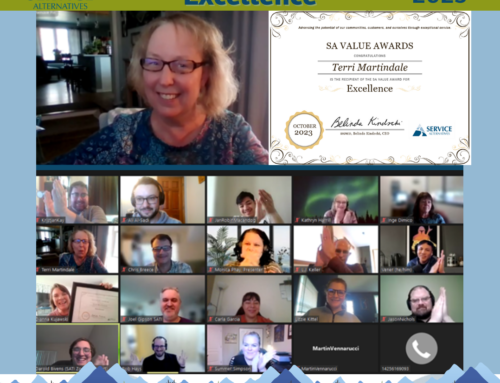I used to teach students how to make improvised and extemporaneous speeches. One of the most useful techniques we provided new students was to outline their speech in the introduction. The most common outline was to start with an “attention getting device” like a pithy quote or joke, state the topic and their position on it, and how they will defend that position over the course of the speech, usually (and importantly for the purposes of this anecdote) in three sections.
The benefit of an outline is that it provides comfort, direction, and organization. When a person confronts the judgement of an unreceptive audience, an outline is a warm security blanket. The blank stares and yawns are nothing against your mighty powers of structure. The problem with an outline is that everyone used the same outline.
So boring.
Quote. Topic. Position. Three points: A, B, and C.
Quote. Topic. Position. Three points: A, B, and C.
It has been years since I’ve worked directly with students on public speaking. In that time, the speeches I heard have blurred together in a fog of memories where nothing stands out. I can’t remember my own, let alone any other person’s speech.
Except for one.
This student began his introduction in the same way. Some quote, some topic, some position. “I will defend my position by first talking about its history, I will then talk about its current state of affairs, and for my third point…”
He trailed off. In the pause, it became clear to the audience that he had forgotten his third point. Then a moment of inspired clarity struck.
“…my third point is a surprise!”
It was obvious he had forgotten his third point, but everyone was onboard with his speech. We wanted to hear what he would do when got to his mysterious third point. He artfully transformed a moment of panic into a subversion of expectations while also demonstrating his human fallibility. It made his speech memorable and have an impact. To have people leave and want to talk about what they just heard or learned is a key success metric for engaging your audience.
To that end, I wanted to share three tips for engaging an audience in training.
The first tip is to subvert expectations. When you’re training adult learners, you have little control of what brought them to your training. Some participants may be there out of interest in the topic. In this case, their engagement is somewhat guaranteed by the content itself. Other participants will attend based on being required to attend—perhaps for compliance reasons, or perhaps out of a performance challenge, etc. To them, their expectation of training is often like unwelcome summer homework. A day of training is a day removed from their real work.
As a trainer, it’s important to provide the material with excellence. The expectation you should subvert is around the experience. Ensure that your training is dynamic (Training Skills Academy: The 5 “BE”s of Dynamic Presentations). You can also change the experience around as appropriate to the training. Get rid of tables, bring back tables, have toys or coloring books available, bring snacks, have dance parties during breaks, ask participants volunteer to do dramatic readings from the handouts.
People have built expectations on what a training should be. When we meet that expectation, the content blends with their other experiences and the sustainability of learning is greatly diminished. Subverting that expectation by giving a one-of-a-kind experience will result in more sustained learning and an engaged audience.
My second tip is to build a personal connection with your participants. It seems like an obvious tip that may not need to be said. I will speak to it, however, because it’s deceptively obvious.
If a trainer successfully builds a personal connection with their audience, the audience will be much more engaged. The struggle is that what works for one person may not work for another. Suggestions to be self-effacing or provide personal anecdotes may seem like easy advice, but as trainers, we run into barriers of bias and perceptions from our audience. One trainer may successfully tell a joke to establish humility. Another trainer telling the same joke may inadvertently make themselves seem incompetent in the eyes of the audience.
To build a personal connection with your audience, as counter-intuitive as it seems, you need to practice your authenticity. Practice your material with a variety of people who will provide honest, constructive feedback. What may be a good anecdote to some is too much personal information for another. Learn how to establish your expertise in the topic while also being approachable as a fellow student in the material. All of these are balancing acts that take practice and meaningful reflection to achieve.
Once you strike that balance, you will have participants that want to attend the training not only for the material, but also to experience the training from you.
As for my third tip, well, that’s a surprise.
Join the conversation on our Facebook page!










